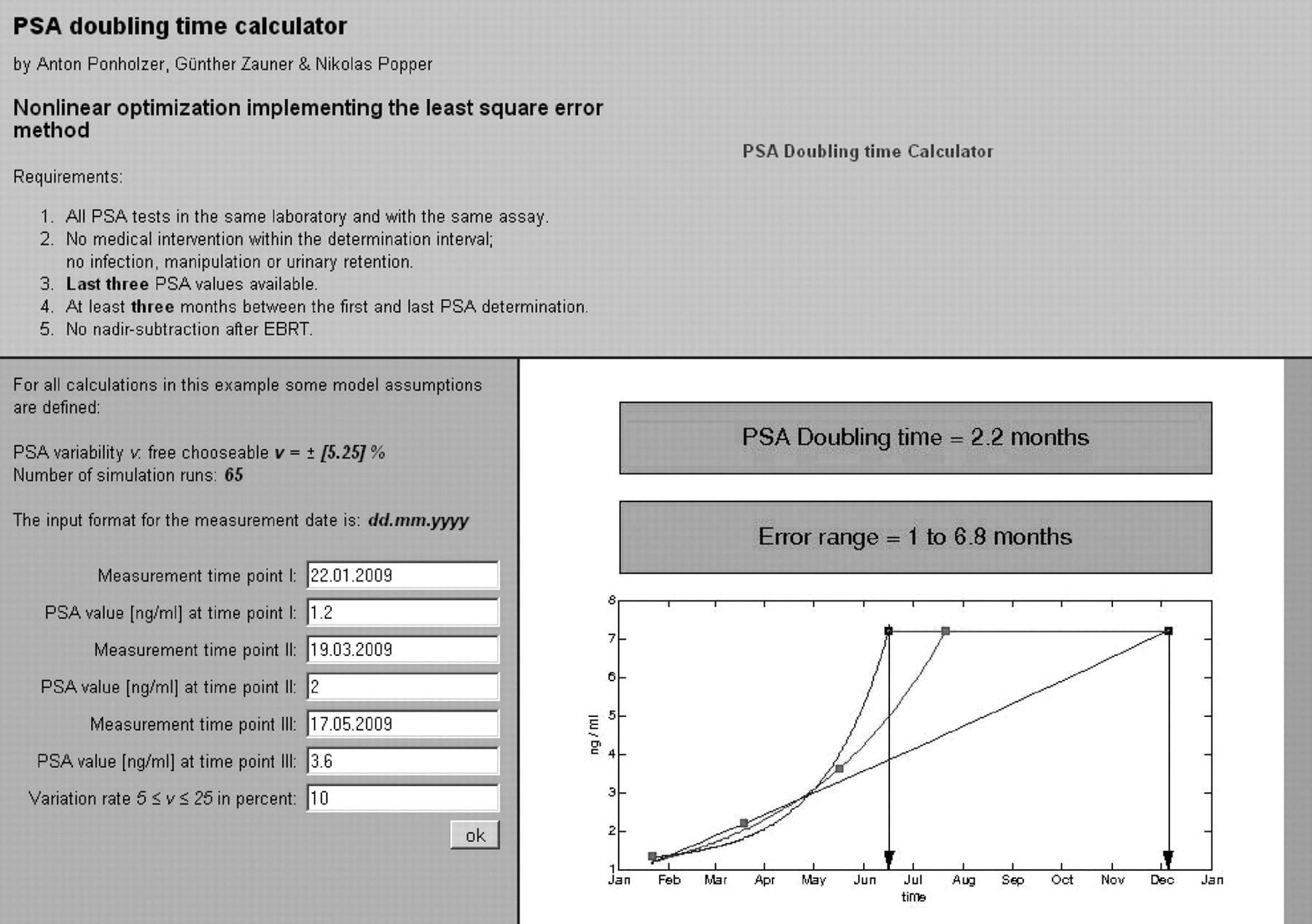
Why Does PSA Velocity Freak Us Out?
If you’re reading this, you’re probably the kind of person who notices numbers… not just on your bank statement, but on your lab reports too. We all do it: hover over a PSA test result, half-squinting at that tiny decimal, wondering—”Is that normal? Am I in trouble? Do I even want to know?”
Honestly, it’s weird how something as tiny as a “0.7” can make your heart go thump-thump (not the fun kind). And let’s be even more honest: most guys don’t want to talk prostate health at all. But here you are. So, from one health-worried soul to another—let’s make sense of this PSA velocity calculator stuff, together. We’re going to keep it real, casual, and as un-scary as possible…
Speed Matters: The Sneaky Science Behind PSA Velocity
What’s Under the Hood?
Think of PSA velocity as a speedometer for your prostate. Literally. It’s not just about where your PSA level is right now—it’s about whether that number is going from “cruise control” to “flooring it” over the past year or two. Fast changes can be a warning sign—a bit like hearing a weird new rattle in your old car.
How fast is too fast? Here’s where it gets interesting (and a little confusing, if you let it): different guidelines will give you different cutoffs. Most agree that a rise of over 0.75 ng/mL per year is where eyebrows go up and doctors start muttering “let’s run a few more tests”. Sometimes they’ll look at what is a dangerous PSA velocity and compare it to how yours is tracking.
Quick Table: When to Pay Attention
| Date | PSA Level (ng/mL) | Yearly Change | Should You Worry? |
|---|---|---|---|
| 2023 | 1.0 | — | Nope |
| 2024 | 1.6 | +0.6 | Not really |
| 2025 | 2.5 | +0.9 | Hmm… let’s talk |
You see it, right? Even if none of those PSA numbers alone seem “high”, it’s the rate of change that can make the difference. That’s where a good PSA velocity calculator comes in—making math way less stressful than it was in high school (I promise).
The Basics—Without the Boring Bits
So how does this PSA velocity calculator actually work? Here’s the gentle version: it takes your last few PSA results (usually at least two or three), calculates how quickly the number’s changed, and spits out a number in ng/mL per year.
For the truly curious (or mathy types), it’s literally just:
PSA velocity = (latest PSA – earliest PSA) / years between the two
…but if your eyes glazed over just reading that, don’t sweat it. That’s why calculators exist. You enter numbers, it does the rest.
How Do You Even Use a PSA Velocity Calculator (Without Swearing)?
Step-By-Step, Like Making Pancakes
Let’s break it down:
- Grab your last two or three PSA test results (with dates!).
- Find a reputable PSA velocity calculator online—Omni, USRF, or lots of urology centers have them. For example, Memorial Sloan Kettering Cancer Center has one linked straight from their nomograms page (according to their prostate cancer tool).
- Type in the dates and numbers. (Resist the urge to overthink. No points for neat handwriting online.)
- Hit “calculate” and… wait for it… you’ll get a fancy number: your PSA velocity.
Now, here’s where it gets personal. My uncle (call him Joe, since every family seems to have one) told me he used to eyeball his PSA numbers year after year. “It’s just a little higher than last year, I’m fine…” he’d say. Turns out, his steady climb added up to a big red flag he almost missed. A quick session with a PSA velocity calculator finally made him realize it wasn’t about the number, but the speed. Got him to the doc just in time.
Finding a Calculator? Super Easy, Promise!
There are a ton out there. Many double as PSA doubling time guidelines tools too, which can be super helpful if you want to cross-check. Some ask for three measurements, others only two. Some fancy ones even show a little graph (which, in my humble opinion, makes it all seem very official).
The trick? Don’t stress over which one. Just be consistent. If you use the same calculator for every check, it’s much easier to see what’s changing (or blessedly staying the same… whew!).
So…When Should You Really Start Worrying?
Speed Limits To Remember
Let’s not go Zero to Sixty into panic mode. Most doctors use these general lanes:
- Under 0.35 ng/mL/year: It’s a safe cruise. No cause for alarm, keep to the routine checks.
- 0.35 – 0.75 ng/mL/year: A gentle bump. More attention, maybe a check-in sooner rather than later.
- Above 0.75 ng/mL/year: High alert. That’s where the phrase what is a dangerous PSA velocity really means something. This could be a sign to run more tests, or even catch something early when it’s still easily managed.
For even more nuanced info, a PSA doubling time calculator may be a game-changer. The shorter the time it takes for your PSA to double—yep, you guessed it—the more urgent things might be. Most experts get twitchy when doubling time is less than 6–12 months. You can check out the deep-dive side of this at the official PSA doubling time guidelines page.
Real Talk: Stats vs. Stories
Statistically, a sharp increase in velocity isn’t always cancer, but… (big pause). In real life, those numbers can catch more than just prostate trouble. Infections, inflammation, even a recent bicycle ride (seriously!) can nudge PSA up. That’s why doctors like to see repeating trends—and why they don’t usually make any calls based on just one test. It’s about patterns.
A friend of mine—let’s call him Steve—kicked up his PSA right after starting CrossFit (I know, right?). Two tests later, everything calmed down. Which made for an awkward joke at his next checkup, but hey, better a laugh than a biopsy…
Isn’t It All Just Math? (And Why Should You Care?)
Putting Numbers Into Perspective
Here’s the thing: on paper, PSA velocity calculators are “just math.” But in practice, they can mean the difference between peace of mind and sleepless nights.
- Catch issues before they spiral out of control (early intervention is always, always easier).
- Spot the difference between a “blip” and a real trend—no more losing sleep over a single decimal point.
- Take control—knowing your numbers, and your own story, lets you actually participate in the conversation at your next doctor’s visit.
Think of it this way: you wouldn’t drive your car for years without ever glancing at the dashboard. The PSA velocity calculator is just that—your dashboard for prostate health. Knowledge is power…and sometimes, just knowing someone out there gets it (me, waving from the cheap seats) can help too.
PSA Doubling Time: The Secret Sidekick
When is a Blip Actually Something?
PSA doubling time is basically the sidekick to velocity. It answers, “How long until my PSA number doubles if it keeps rising at this rate?”
According to research on practical rules for calculating PSA doubling time (in Urology Times), PSA doubling time is a legit way to stratify risk… especially after an initial diagnosis. Short doubling = get checked ASAP. Longer doubling = maybe less stress, more time for lifestyle tweaks. (Fun fact: sometimes the same online calculators can show both stats. Win-win!)
If you’re curious how your story stacks up, swing by the PSA doubling time guidelines post for some super accessible explanations and more examples than you probably ever wanted (but will be glad you have).
Making PSA Velocity Part of Your Wellness Routine
Easy Wins, Big Impact
Honestly, you don’t have to become a PSA mathlete overnight. Most important? Don’t ignore the numbers, but also—don’t obsess. Make it a habit to track your PSA with an app, calendar, or just old-school notes. Check it once a year (or whatever your doctor suggests), and always use the same kind of calculator for apples-to-apples comparison.
Bring it up at your annual checkup. Ask about trends, not just single numbers. Pro tip: your doctor will love having a patient who’s proactive and chill about the whole thing. (Or at least pretending to be chill. Fake it ’til you make it, right?)
If you’re post-treatment, or in active surveillance, PSA velocity can flag if things start changing… without you having to Google every random blip. That’s why professionals keep a close eye on both your trend line and your doubling time. Like a weather forecast, you can’t control the clouds, but you can be ready with an umbrella.
A Final Reminder—Numbers Aren’t Destiny
Just to hammer it home: a single “bad” velocity doesn’t mean disaster. It means it’s time to talk, ask follow-ups, maybe get second opinions. It’s a conversation starter, not a full-stop sentence.
Takeaway: Your PSA, Your Story, Your Power
You made it! That was a lot of info about PSA velocity calculators, doubling time, and why all these numbers matter for your health. If you remember one thing, let it be this: you have the power to track, question, and stay ahead of your prostate health.
Use a PSA velocity calculator whenever you get a new result—don’t just look at the number, watch the speed. Check out PSA doubling time guidelines and keep what is a dangerous PSA velocity saved for quick reference. And most important—breathe, talk to your doctor, and remember you’re not in this alone. Your story matters. Your questions matter. Even if they start with a little number on a page.
So… are you ready to pull out those lab results and give the calculator a go? (If you do, let me know what you found, or just how it made you feel—sometimes, that’s the bravest part.) Here’s to your health, your peace of mind, and… slightly less stressful test results next time. You got this!

















Leave a Reply
You must be logged in to post a comment.